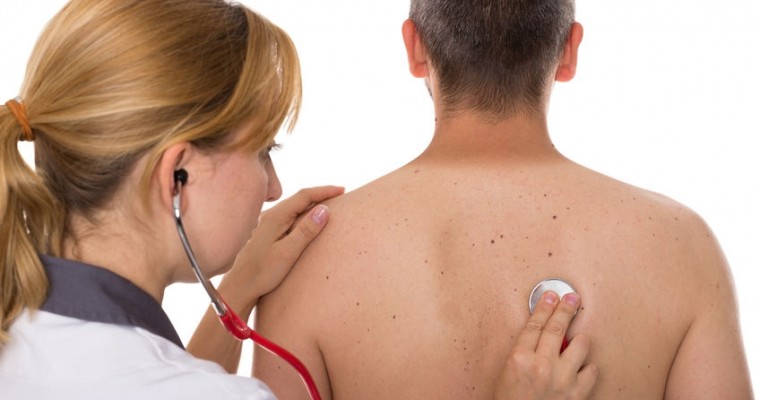
We conduct the following pulmonary function tests at our lab utilizing the latest in PFT equipment.
This test is designed to measure two important functions of your lungs, how much air you blow out and more importantly, how quickly you do it. It can also be performed after the use of puffers (bronchodilators) that are used to open the airways. This can assess how your lungs respond to these medications.
The more common lung function values measured with spirometry are:
If the FEV1 and FVC are low and the ratio of FEV1/FVC is normal, this is called restrictive lung disease. This is seen when the lungs are small or stiff or are confined by the rib cage.
If the FEV1 and FEV1/FVC are low, this is called obstructive lung disease. This is seen most commonly in asthma.
This is a test used to measure the size of your lungs. They measure many things, including how much total air is in the lungs (total lung capacity or TLC), how much air is in the lungs when you normally breath out (functional residual capacity or FRC) and how much air is left after you breath out all the air you can (residual volume or RV). In restrictive lung disease, generally all the lung volumes are low. In some lung diseases, there is air trapping in which the RV and FRC are high representing extra air in the lungs.
This test measures the amount of resistance to airflow between the mouth, nasopharynx, and the central and peripheral airways. It is used for characterization of various types of obstructive lung disease.
This is a test to measure how efficiently oxygen gets into your blood. It requires you inhale a diffusion gas and hold their breath for 10 seconds. It then measures how efficient gas exchange is in the lungs. This test is sensitive to carbon monoxide in your lungs; therefore you should not smoke at least one hour before the test.
This is a test to measure the sensitivity of the airways by inhaling different concentrations of Methacholine Mist. If you develop chest tightness or coughing, you will be given a puffer to relieve the symptoms. The puffer (a bronchodilator) works quickly to provide relief.
As blood passes through your lungs, oxygen moves into the blood while carbon dioxide moves out of the blood into the lungs. An ABG test uses blood drawn from an artery, where the oxygen and carbon dioxide levels can be measured before they enter body tissues. An arterial blood gas (ABG) test is done to:
The blood sample is most often taken from the radial artery. This can be found on the underside of your wrist where you can feel your pulse.